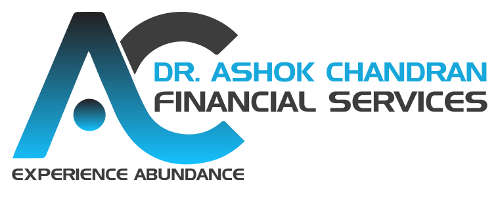Friday, May 23 2025
Source/Contribution by : NJ Publications
In an age where financial markets react instantaneously to tweets, geopolitical tensions, and algorithmic trading, the most counterintuitive-yet most powerful-investment strategy is often deliberate inaction. The greatest investors in history have consistently demonstrated that wealth is not built through frenetic buying and selling, but through disciplined patience.
Warren Buffett’s timeless wisdom-"The stock market is a device for transferring money from the impatient to the patient"-holds profound relevance today. Nowhere is this more evident than in mutual fund investing, where emotional decision-making can erode decades of compounding potential.
This article explores why mastering patience-not hyperactivity-leads to lasting wealth, how psychology sabotages investor success, and the empirical evidence proving that strategic patience outperforms impulsive action.
The Psychology of Impulsive Action: Why We Fight Our Own Success?
1. The Fear Paradox: Why Losses Feel Like Life-or-Death Threats
Neuroscience reveals that financial losses activate the same brain regions as physical danger. This instinctive fear response explains why investors panic-sell during downturns, only to regret it later.
When COVID-19 sent markets into freefall, fear took over. Many investors, convinced the worst was yet to come, sold in panic-only to watch helplessly as markets staged one of history's fastest recoveries.
Our brains treat market crashes like physical threats-flooding us with stress hormones that scream "DO SOMETHING!" But in investing, survival often means sitting patiently. Those who resisted their instincts didn't just avoid losses-they positioned themselves for extraordinary gains. The takeaway? Successful investing isn't about outsmarting the market-it's about outlasting your own impulses. Sometimes the most profitable move is the one you don't make.
2. The Crowd Mentality Trap: The Danger of Following the Herd
We're social creatures by nature-when uncertainty strikes, our first instinct is to look to others for cues. The average investor underperforms their own mutual funds by 1.7% annually due to poor timing decisions-typically buying during peaks and selling during downturns. This behavior gap persists across markets, proving long-term discipline beats short-term timing.
(Source: Morningstar)
Charlie Munger distilled the solution into twelve words: "The big money isn't in the buying and selling, but in the waiting." His wisdom highlights the paradox of investing-the greatest returns often come from doing what feels most unnatural: standing still when everyone else is rushing for the exits.
The 2020 market crash perfectly illustrated this. Investors who followed the panicked crowd out of stocks missed the recovery. Those who maintained their course-despite the overwhelming urge to act-were rewarded.
Three Pillars of Purposeful Investing
1. The SIP Advantage: Rupee Cost Averaging
Systematic Investment Plans (SIPs) represent one of the most sophisticated yet simple tools for retail investors to harness market volatility. The mechanism works through mathematical inevitability rather than forecasting skill: by investing fixed amounts at regular intervals, you automatically purchase more units when prices are low and fewer when prices are high. This creates a favorable cost basis that most professional traders struggle to achieve through active management.
2. The Rebalancing Benefit: Institutional-Grade Discipline for Individual Investors
Portfolio rebalancing enforces the fundamental investing principle of "buy low, sell high" through predetermined rules rather than emotional impulses. When implemented annually, this process automatically trims positions that have appreciated beyond target allocations (selling high) and redirects proceeds to underperforming asset classes (buying low).
Consider a 60/40 equity-debt portfolio that grows to 70/30 during a bull market. Rebalancing forces profit-taking from equities at peak valuations while increasing fixed income exposure when bond prices are depressed.
For individual investors, rebalancing provides three key benefits: it maintains target risk levels, enforces disciplined profit-taking, and creates a counter-cyclical investment rhythm that capitalizes on mean reversion - all while requiring just one focused decision per year.
3. The Media Filter: Cultivating Strategic Ignorance in the Information Age
Modern investors face an unprecedented challenge: too much information presented as actionable insight. The most successful investors practice what might be called "strategic ignorance" - deliberately filtering out short-term noise to focus on fundamental, long-term indicators.
Conclusion: The Compound Effect of Composure
Investing is not a sprint-it’s a decades-long meditation in discipline. Like bamboo, which grows silently underground for years before shooting skyward, wealth accumulates most reliably in stillness.
The next time markets swing wildly, remember: your greatest edge is not in reacting-but in your ability to remain strategically still. As the ancient proverb goes:
"The oak tree doesn’t check its growth daily, yet it stands tall for centuries."
So too will your investments-if given the gifts of time and tranquility.
Stay patient. Stay invested. Let compounding work its silent magic.






